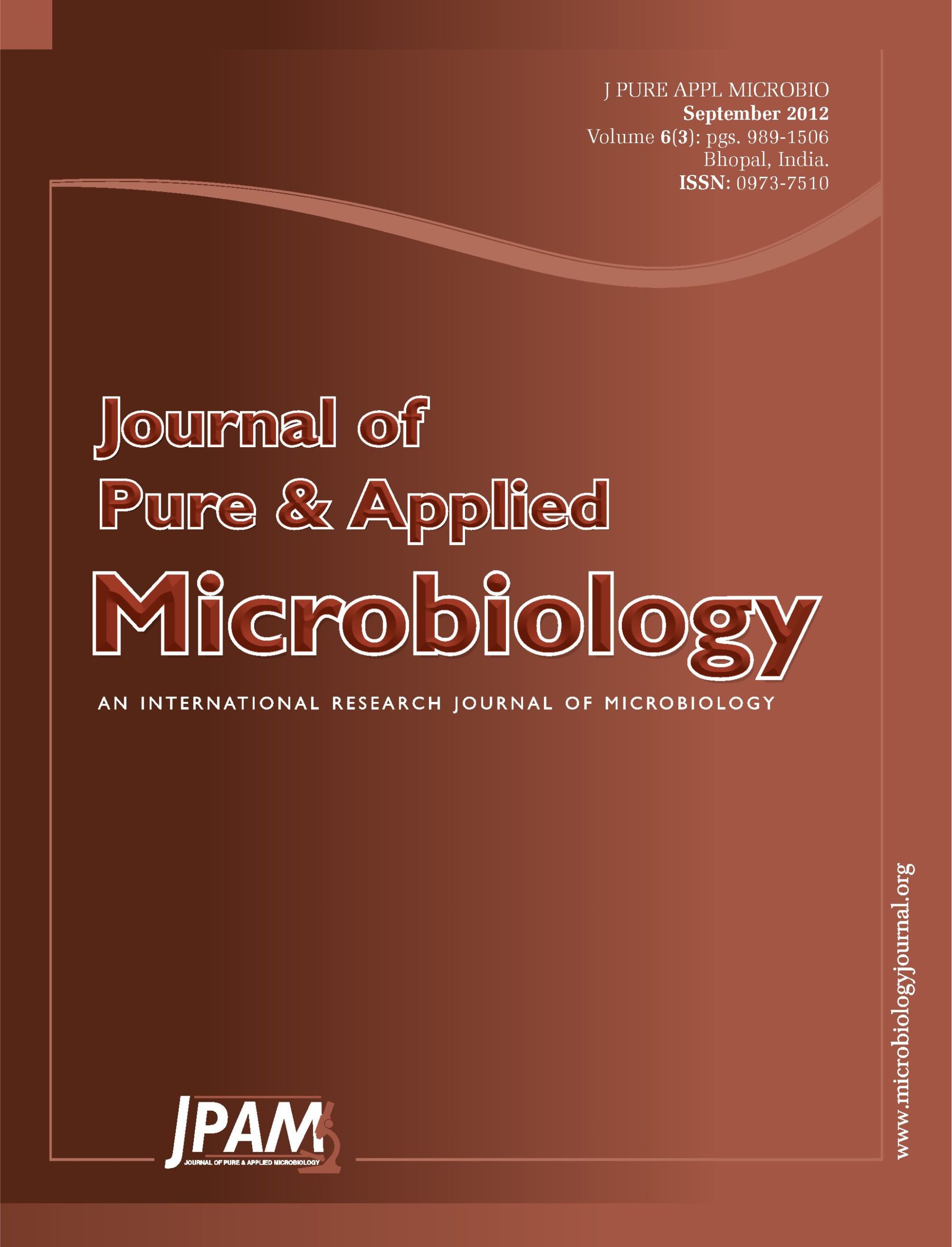Escherichia coli is no doubt a bacteria with multitudinous application in research and industries, yet it has proven to be an intermittent threat to public health. Its application in biotechnology and biomedicine as veritable tool in the production of extracellular recombinant proteins and in synthesis of vital macromolecules and life sustaining proteins cannot be overemphasized. However, the impact of the various pathotypes in intermittent public health ‘uproar’ as recently experienced in eight European countries and as the agent of infant mortality in developing countries necessitates an update review of the bacterium. Antibiotic use in agriculture has been fingered as a selective force for the emergence of the antibiotic resistance noted among “superbug” isolates and call for concern. Large morbidity and mortality by the “superbug” E. coli reiterate the need for strict compliance to laboratory hygiene to prevent the spread of toxic E. coli genes into the environment. The presence of the superbug in ready-to-eat meals from the recent toxic E. coli outbreaks in France suggested post-cooking contamination and the need to brace up on personal and general hygiene.
E. coli, Biotechnology, Pathotypes, Superbug, Public health, Hygiene
© The Author(s) 2012. Open Access. This article is distributed under the terms of the Creative Commons Attribution 4.0 International License which permits unrestricted use, sharing, distribution, and reproduction in any medium, provided you give appropriate credit to the original author(s) and the source, provide a link to the Creative Commons license, and indicate if changes were made.


